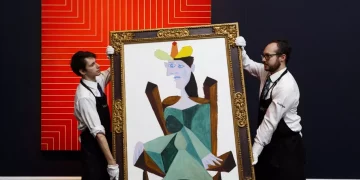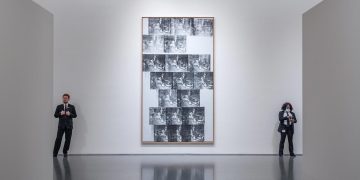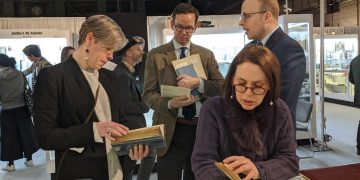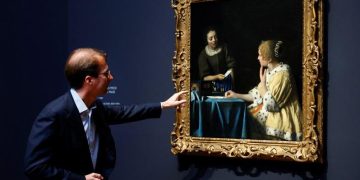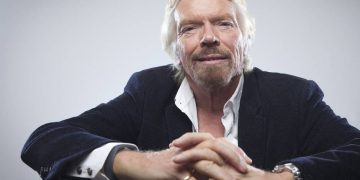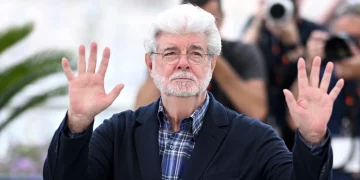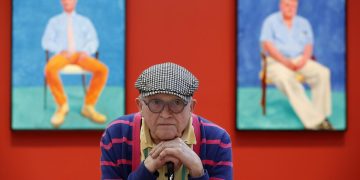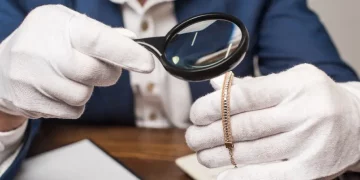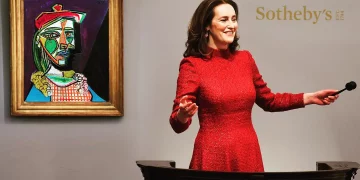Peter Lynch, best known for managing the Magellan Fund at Fidelity Investments and his unmatched ability to achieve impressive returns for investors, has demonstrated a keen sense of identifying undervalued assets across various markets. His legendary career, during which he led the Magellan Fund to an average annual return of 29.2% between 1977 and 1990, shows his ability to pick stocks that others may overlook. But in addition to his renowned stock-picking prowess, Lynch’s love for art also became a highly profitable investment strategy, which has attracted less attention but is equally insightful.
Lynch’s strategy for turning his passion for art into a successful financial venture is based on several key principles that extend well beyond traditional art collecting. By marrying his deep knowledge of the art market with his disciplined investment approach, Lynch was able to achieve millions of dollars in returns. In this article, we will explore how Lynch utilized his love for art to form an investment strategy that earned him tens of millions of dollars.
1. Building an Emotional Connection to Art
Lynch’s journey into art investment wasn’t purely driven by financial gain. Like many successful investors, he had a genuine passion for the subject, which led him to start collecting art in the early years of his career. For Lynch, art wasn’t just about numbers; it was also about understanding the emotional and aesthetic appeal of a piece.
His interest in art was sparked by his father, who had been an avid collector, and Lynch himself was inspired by the way art could convey both historical significance and cultural value. This emotional connection to art allowed him to appreciate its long-term worth and understand its place in society.
Key Takeaway: Lynch understood that successful investment in art—like in any asset class—requires a true passion and a deep understanding of the market. His love for art gave him an edge, as he was able to see its value beyond just financial metrics.
2. Focus on Provenance and Quality
One of Lynch’s core investment principles, when it came to art, was focusing on quality and provenance. Provenance refers to the history of ownership of a piece of art, and for Lynch, understanding the origin and past of a work was crucial. He learned that art with strong provenance—such as a piece with a renowned past or ties to famous artists—often fetched a higher value and had a better potential for appreciating over time.
When Lynch bought art, he didn’t just look at its visual appeal; he also carefully researched the artist’s background, the piece’s historical context, and its future potential in the marketplace. This level of due diligence is what set him apart from other art investors who simply sought out works based on their current trends.
Key Takeaway: By focusing on top-quality works from established artists and understanding their historical significance, Lynch was able to acquire pieces that not only had intrinsic aesthetic value but also long-term investment potential.
3. Diversifying Art Investments
Another strategy Lynch employed was diversification, a key principle he also applied to his stock investments. Rather than putting all his money into one specific type of art or a single artist, he spread his investments across various categories: modern art, contemporary art, and even specific periods or movements that he believed had growth potential.
Lynch was known for taking calculated risks in the art world, purchasing pieces that others might not have seen as “mainstream” at the time, yet still held significant potential for growth. Just as he diversified his stock portfolio, he expanded his art collection in ways that balanced both aesthetic appeal and financial return.
Key Takeaway: Lynch’s strategy mirrored his approach to the stock market—spread out your investments, assess risk, and target both safe and speculative opportunities. This diversification helped minimize risk and ensured his art investments were well-positioned for growth.
4. Timing the Market: Art as an Alternative Asset
While Lynch’s primary investment focus was on stocks, he also understood the importance of alternative assets in a diversified portfolio. Over the years, art became an increasingly popular asset class, with prices for blue-chip artworks and rare pieces soaring. Lynch capitalized on this shift by identifying opportunities when the art market was undervalued, or when specific pieces were mispriced.
Unlike stocks, where he would carefully follow market trends and company performance, Lynch took a more intuitive approach to the art market, using his deep understanding of supply and demand dynamics. He recognized that certain periods of economic volatility could create buying opportunities for quality art pieces, much like stock market dips provided buying opportunities for undervalued stocks.
Key Takeaway: Lynch used his timing skills to enter the art market at opportune moments. He knew that economic cycles, like those in the stock market, influenced the price of art. Understanding these cycles helped him make savvy art purchases.
5. Leveraging the Network and Art Dealers
Another important aspect of Lynch’s art investment strategy was his ability to leverage relationships with dealers, auction houses, and curators. Throughout his career, Lynch built a network of trusted experts who provided him with valuable insights into the art world. This network was essential in helping him find opportunities that were not readily available to the general public.
Art dealers often have insider knowledge about pieces that are about to go up for auction or about artists who are gaining popularity. Lynch’s ability to tap into this network helped him identify under-the-radar works that had the potential for significant price appreciation.
Key Takeaway: Just as in the stock market, having a strong network and access to expert advice is crucial. Lynch’s relationships with dealers and other industry insiders gave him an advantage in finding high-potential art pieces before they became widely known or overpriced.
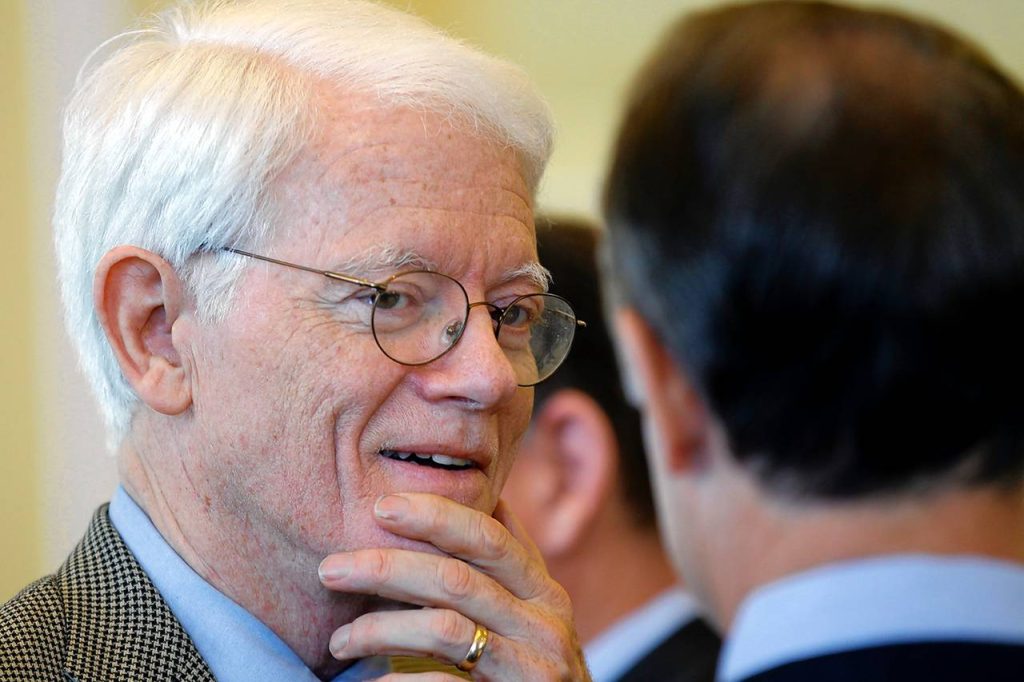
6. The Influence of Art Auctions
Auctions played a significant role in Lynch’s strategy for buying art. He was known to attend major auction houses like Sotheby’s and Christie’s to scope out pieces that were being sold at favorable prices. Lynch was strategic in his approach to auctions—he didn’t simply bid on every piece that caught his eye, but instead, he carefully assessed the market and decided when and where he could acquire art at a price that aligned with his investment strategy.
By using the auction system, Lynch was able to take advantage of the transparency that auctions offer, which helps establish a fair market value for a piece. He used auctions not only to acquire works but also to gauge market sentiment and price trends.
Key Takeaway: Lynch took advantage of art auctions as a way to find valuable pieces at competitive prices. He also used these events to observe market trends and gauge the true value of artworks, which helped him make more informed decisions.
7. Long-Term Perspective and Patience
One of the most critical elements of Lynch’s art investment strategy was his long-term perspective. Just like his stock investments, Lynch viewed art as a long-term investment that would appreciate over time. He was patient and waited for the right opportunities, rather than chasing short-term gains.
Lynch understood that art markets, much like other investments, go through cycles. He was willing to hold onto works of art for years—sometimes even decades—if he believed their value would rise. This patience was particularly valuable in the art world, where it can take years for a piece to truly appreciate.
Key Takeaway: Lynch’s ability to maintain a long-term investment perspective was crucial to his success. He wasn’t concerned with immediate returns but instead focused on the potential of art to appreciate over time.
Conclusion
Peter Lynch’s success in the art world demonstrates how a genuine passion, combined with a disciplined, long-term investment strategy, can yield impressive financial returns. By focusing on quality, diversification, strategic timing, leveraging networks, and employing patience, Lynch was able to turn his love for art into a highly profitable investment venture, earning tens of millions of dollars.
His approach to art as an investment serves as an excellent model for collectors and investors alike, showing that a deep understanding of the market, paired with a clear strategy, can lead to great financial rewards. Whether you are a seasoned investor or just beginning to explore the world of art, Lynch’s strategy proves that success comes not just from spotting the next hot trend, but from a combination of passion, research, and strategic foresight.








